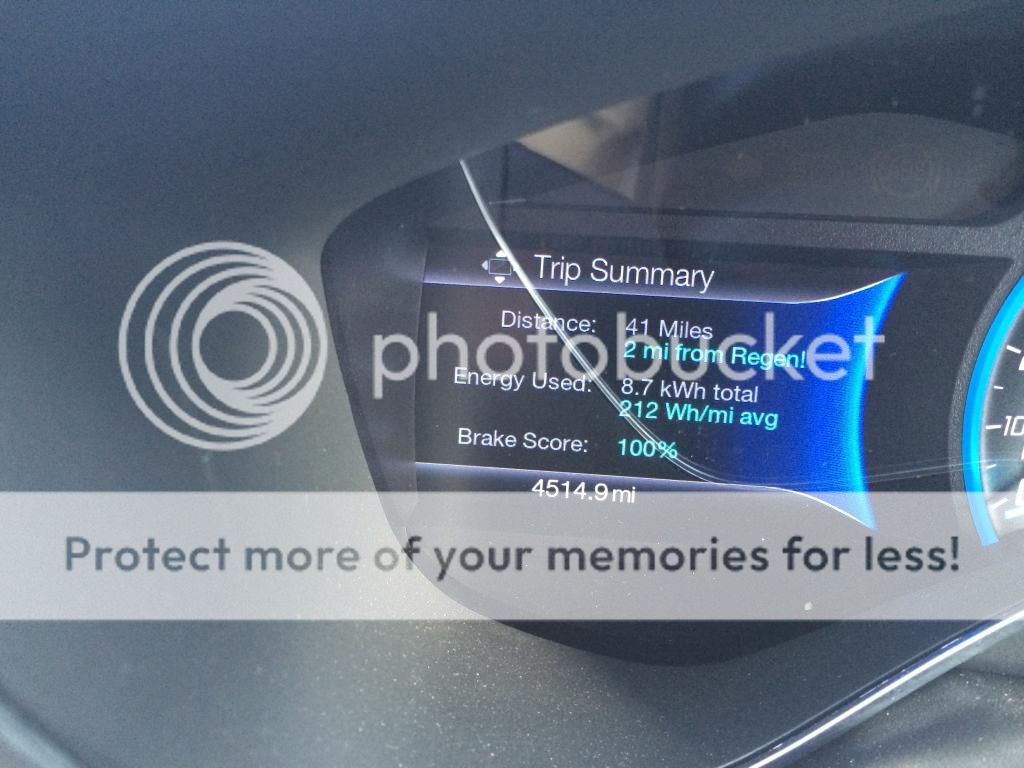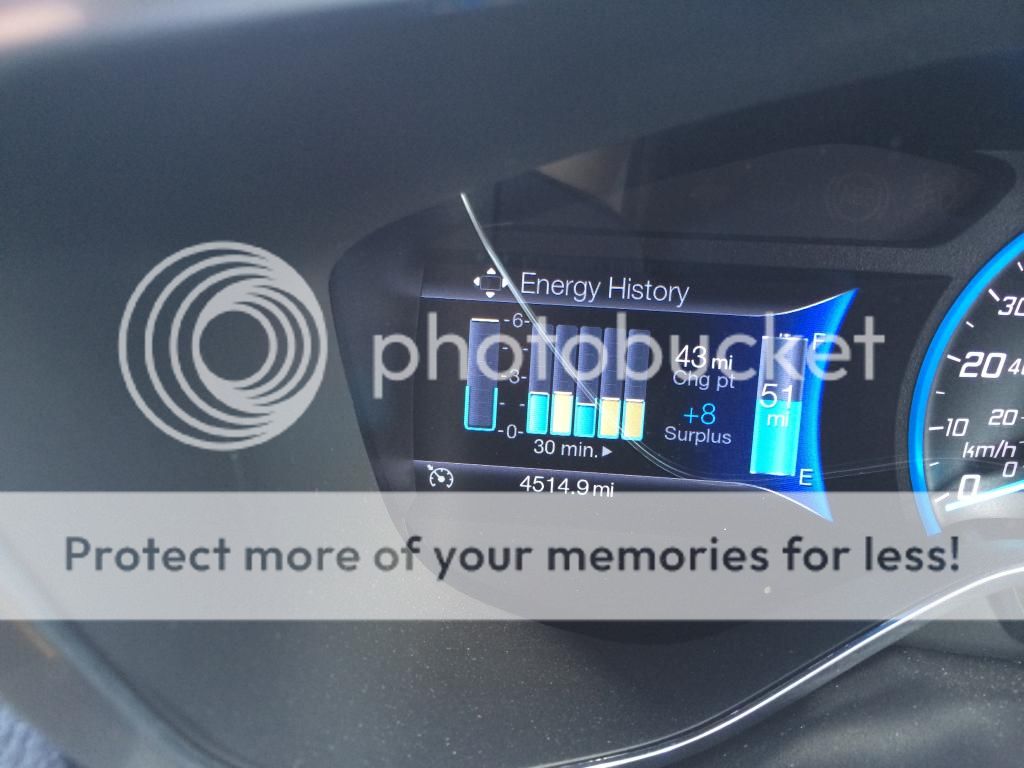hybridbear
Well-known member
This thread already has a lot of range discussion so I wanted to post my scenario here rather than in a new thread.
On Wednesday I'll be going to one of our manufacturing facilities for work. From home to that plant is 41.2 miles via the interstate. I've done some searching on Google maps and have found that the shortest route I can find is 40.5 miles (with 31 miles on the interstate). The most practical route that minimizes interstate miles is 41.2 miles (the same distance as the route taking the interstate the entire way) but only involves 13 miles on the freeway.
Temps on Wednesday are supposed to be in the mid-70s & sunny so I shouldn't need AC in the morning and won't need a lot in the afternoon.
I guess my question is: am I better off taking the 40.5 mile route and spending the 31 interstate miles at 55-60 MPH or taking the 41.2 mile route with lots of stops but the option to drive 45-50 MPH on county roads? I'm not sure if the conversion losses of stopping and starting on the 40.5 mile county road route are greater or less than the additional energy that would be expended by avoiding stops and sticking to the freeway at 55-60 MPH. I drive efficiently enough that the car currently predicts my range at 95-100 miles based on the 100 or so miles of driving that I've done so far. I only had one trip so far with less than a 100% brake score and the brake score in our Fusion Hybrid is 99% over 25,000 miles of driving. So, I will get the most out of each stop if I spend less time on the freeway but I still don't know what the efficiency is of regen braking on the Focus.
What route would you recommend?
Additional questions:
How can I program the navigation so that it will give me an accurate range prediction for the round trip from the morning? Do I set my work destination as a "waypoint" and then home as my destination answering that yes I will charge there?
How much of an effect does wind have on efficiency? In our Fusion Hybrid we'll see a 20% swing in MPG if we're driving into the wind one way and with it behind us the other way. It's too early for the forecast to include wind data for Wednesday, but it's basically always windy in MN. My wife comments on it regularly since it messes up her hair and she isn't used to having wind like we do here in MN.
On Wednesday I'll be going to one of our manufacturing facilities for work. From home to that plant is 41.2 miles via the interstate. I've done some searching on Google maps and have found that the shortest route I can find is 40.5 miles (with 31 miles on the interstate). The most practical route that minimizes interstate miles is 41.2 miles (the same distance as the route taking the interstate the entire way) but only involves 13 miles on the freeway.
Temps on Wednesday are supposed to be in the mid-70s & sunny so I shouldn't need AC in the morning and won't need a lot in the afternoon.
I guess my question is: am I better off taking the 40.5 mile route and spending the 31 interstate miles at 55-60 MPH or taking the 41.2 mile route with lots of stops but the option to drive 45-50 MPH on county roads? I'm not sure if the conversion losses of stopping and starting on the 40.5 mile county road route are greater or less than the additional energy that would be expended by avoiding stops and sticking to the freeway at 55-60 MPH. I drive efficiently enough that the car currently predicts my range at 95-100 miles based on the 100 or so miles of driving that I've done so far. I only had one trip so far with less than a 100% brake score and the brake score in our Fusion Hybrid is 99% over 25,000 miles of driving. So, I will get the most out of each stop if I spend less time on the freeway but I still don't know what the efficiency is of regen braking on the Focus.
What route would you recommend?
Additional questions:
How can I program the navigation so that it will give me an accurate range prediction for the round trip from the morning? Do I set my work destination as a "waypoint" and then home as my destination answering that yes I will charge there?
How much of an effect does wind have on efficiency? In our Fusion Hybrid we'll see a 20% swing in MPG if we're driving into the wind one way and with it behind us the other way. It's too early for the forecast to include wind data for Wednesday, but it's basically always windy in MN. My wife comments on it regularly since it messes up her hair and she isn't used to having wind like we do here in MN.



